Above from the earth's surface there is a protective layer in our atmosphere, which is found in the stratosphere and defends our planet from the harmful radiations coming from the sun. It filters out most of the ultraviolet radiation which may cause many skin disorders and even skin cancers. Infact these harmful UV radiations are responsible for the formation of ozone by breaking diatomic oxygen gas into monatomic oxygen in the initial step and then this monatomic oxygen reacts with diatomic oxygen molecule to give rise to a triatomic ozone.

This Ozone layer is only thick which is almost equal to around coins stacked together.
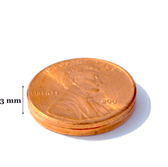
But the greater problem in today's scenario is the ozone hole. This hole refers to the thinning of ozone layer. Various pollutants like CFCs and HCFCs and halons are responsible for it. Chlorine and bromine present in these compounds in the presence of UV destroys ozone molecules to give rise to molecular oxygen. Since the rate of ozone depletion is greater than its formation, it is affecting our earth in a disastrous way.
Explain what type of change is the formation of ozone and the thinning of ozone layer. Are they contrary or the same?



Important Questions on Physical and Chemical Changes
We may have become ignorant towards the protection of plants and trees around us, but they are essential for life and our long-term survival. Plants are a vital resource; we rely on them for food, water, medicine, the air we breathe, habitat, our climate, and many other things. Plants maintain the atmosphere. During photosynthesis, they generate oxygen and absorb carbon dioxide. For all aerobic organisms, oxygen is required for cellular respiration. It also helps to protect the Earth's life from harmful UV radiation by protecting the ozone layer.
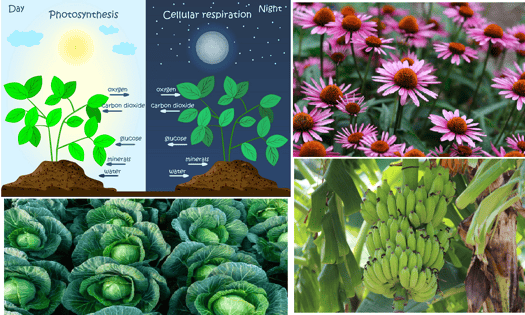
Plants are known as producers because they prepare their own food by using carbon dioxide and water in the presence of sunlight and chlorophyll.
(a) Is it a chemical change or a physical change?
(b) How many substances are taking part in the change? Name these substances.
(c) Name the form of energy necessary for this change to take place.
Suzane took a piece of paper and then folds it into a paper aeroplane. She throws it at her little brother.
He is a naughty boy and responds by ripping up the paper. Are these changes physical or chemical changes? Give reason for your answer.

Ravi is a student in the seventh grade. While on vacation, Ravi decided to clean his room. While doing so, he discovered an old key inside a box. Ravi took the key, approached his father, and inquired, "Which key is this?" The father carefully examined and remembered. This lock belonged to their previous home. Ravi asked his father to take him to the old house to see. Ravi and his father went to their old residence. It had been closed for 20 years. Ravi saw that the iron lock on the old home door locker had aged to a reddish brown colour, but the iron key was still in good condition. He realised that the door locker rusted. He told his father that if he had painted the locker, it would not have changed. He was surprised by its key as it is in good condition.
Answer the following question:
a) Why does the lock on the locker rust, while the key, which was created at the same time, remains unchanged?
b) Apart from painting or greasing what are the other ways of preventing iron from rusting?
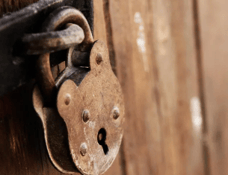

Ravi's science teacher discussed the distinction between physical and chemical change in the classroom. At night, when Ravi was in his house, there was a power cut and his mother asked him to bring a candle. Ravi brought a candle, and his mother ignited it. He saw some changes occurring in the candle, but he could not identify the type of change.
Answer the following question:
When a candle burns, both physical and chemical changes take place. Explain.
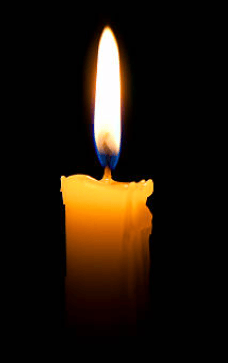
A teacher is running an experiment. The demonstration piques the interest of the class. Students were told by the teacher to take a step back from her. She used a flame to burn a ribbon made of magnesium. The ribbon instantly burned up and emitted a brilliant white light colour. The magnesium ribbon became ash after few seconds.
What kind of change is it? Is it exothermic or endothermic?
Identify the chemical composition of the ash produced.
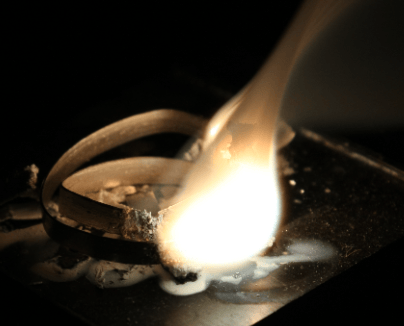
Silver is a soft, white, lustrous transition metal that has long been valued as a precious metal. Silver metal is used in many bullion coins, jewellery, puja articles, show articles, etc.
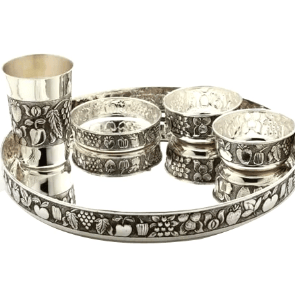 .
. 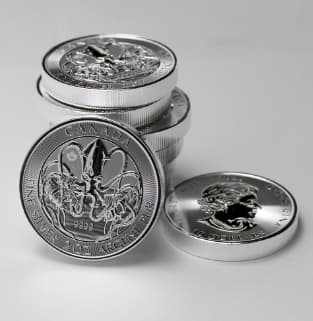
Rahul's mother had bought some silver spoons a year ago, and today when she opened the box for using them, she found that reddish-brown spots have developed on the spoons. Do you think that the spoon was actually made of silver? Give a simple explanation.
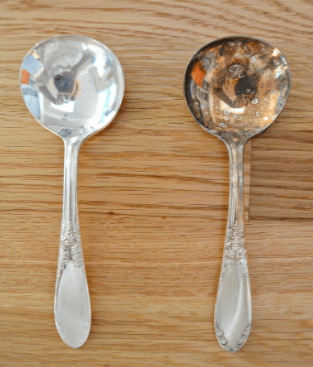
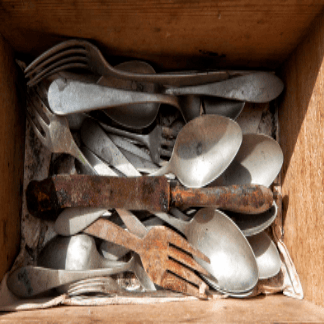
Reema was studying with her friend Ridhima at her home. Reema's mom cut the apple and gave them to eat. They both ate one-one slice of apple and again started doing homework.
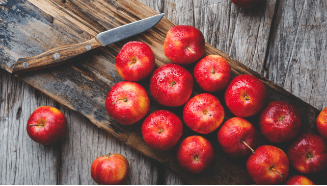
After some time they noticed that the remaining slices of apples turned brownish. Why do the cut surfaces of fruits and vegetables turn brown?

When a thread is dipped in a hot copper sulphate solution, blue coloured crystals start to deposit over the thread as the solution becomes cold.
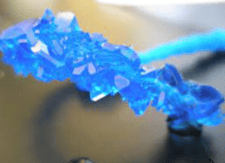
The teacher explained the above activity to her students and described the process as crystallisation. Can you help the students in concluding the nature of this process (physical / chemical) by which crystals are obtained from copper sulphate solution?
